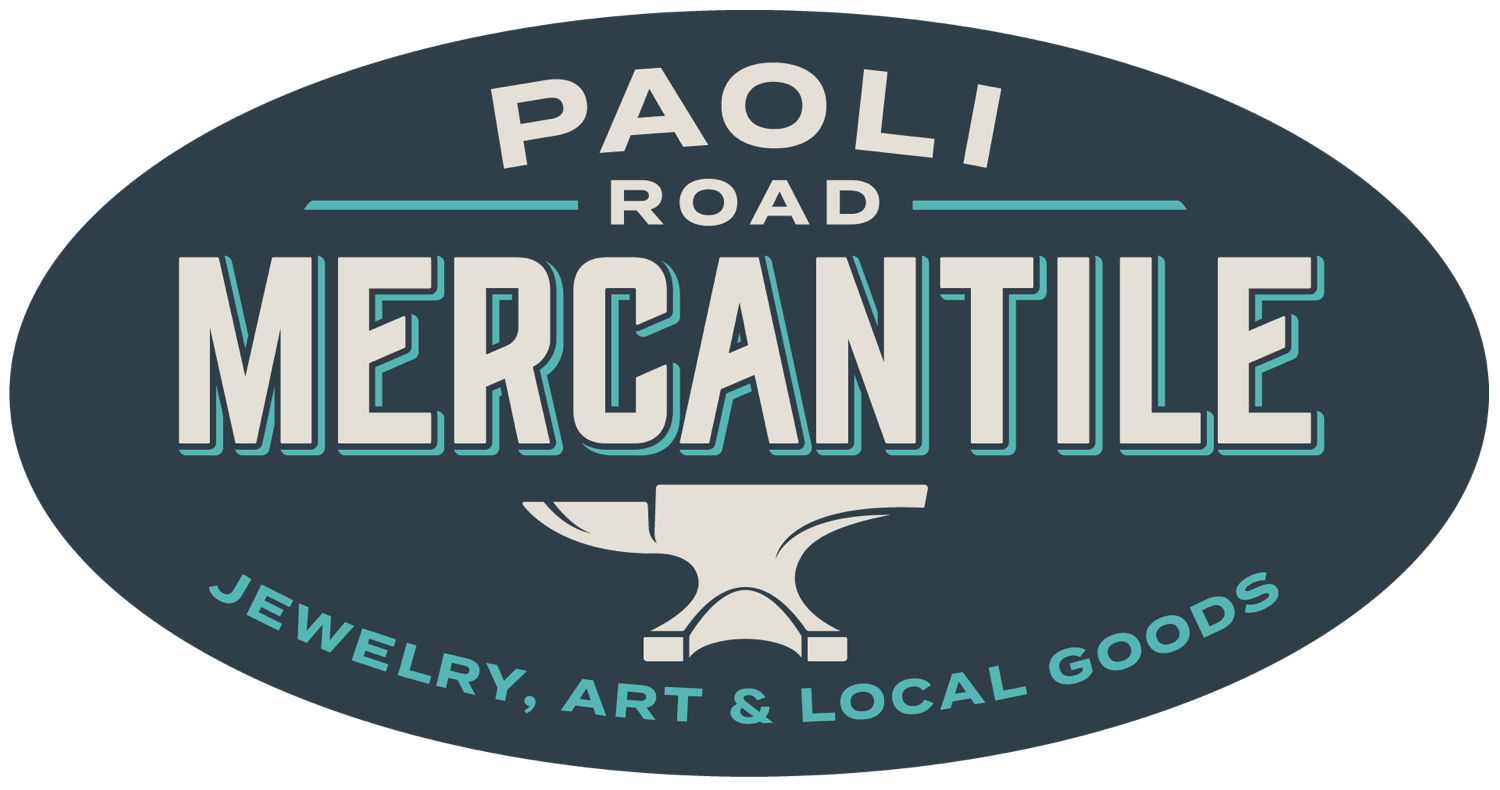That’s one of the original buhr stones from the 1800s Paoli Mill. The air conditioning unit and trash can are not as old.
Paoli History
Paoli doesn’t celebrate Peter Matts Day, but maybe we should. In 1849, Matts dammed the Sugar River east of Paoli to create a mill race. A mill race is a channel of swiftly-flowing water that turns a water wheel.
Along the race, Matts built a sawmill around that same year and a stone-walled gristmill in the late 1860s. What looked like a frame addition to the back of the stone mill building was actually the remnants of the 1849 sawmill. The larger, street-facing part of the building is what was then the gristmill.
The building that we love the most, of course, is the small stone building in front of the mill. Built in 1956, our stone building was originally a scale house for the mill. Trucks would pull onto the scale before and after unloading grain to be weighed. Take a look at the west wall of Paoli Road Mercantile and you’ll see one of the mill's original buhr stones (a grinding stone). It’s not as famous as the Blarney Stone in Ireland, but kissing our buhr stone might be magical, too! You don’t even have to bend over backwards.
A Brief History of Paoli
- Dane County Sheriff, Peter W. Matts, takes title to a part of Montrose township in 1848.
- 1849 was a dam good year. Matts constructs the dam, race, and sawmill. He also lays out the village of Paoli.
- Why not Mattsville? Matts names Paoli, Wisconsin after a town in his home state of Pennsylvania. Paoli, Pennsylvania was founded in the mid 1700s and named after General Pasquale Paoli, a Corsican patriot and leader who lived from 1725 to 1807. Somewhere in there is a clue for how to pronounce Paoli.
- During the 1860s, brothers Bernhard and Francis Minch from Bavaria assume operation of the sawmill, purchase it, and build the three-story stone flouring mill.
- In the 1870s, sawmill operators in southern Wisconsin feel the pressure from northern mills and by 1877 the Minch brothers shut down their sawmill.
- Flour milling in Wisconsin wasn't doing that great either, but the Minch brothers stay in operation into the 1900s, even as other mills ground to a halt.
- The Fetherston family buys the mill from the Minch family in 1938 and operates it through the 1940s. From then until the late 1970s, the Fetherstons use the buildings as storage for their feed and seed business.
- The National Park Service enters the Paoli Mills property on the National Register of Historic Places in 1979.
Adapted from:
National Register of Historic Places Nomination Form, received May 23, 1978; entered March 30, 1979.
National Register of Historic Places: Paoli Mills, Paoli, Dane County, Wisconsin, Reference Number 79000337.

